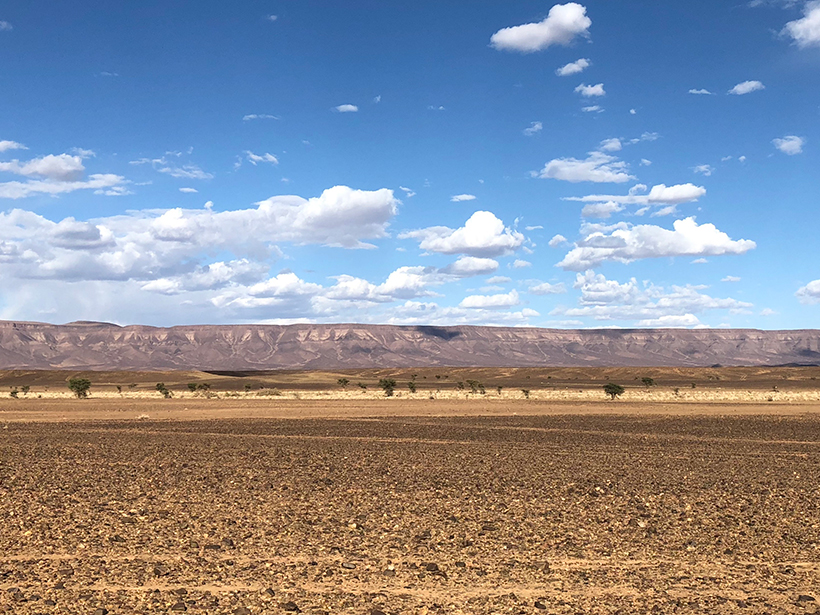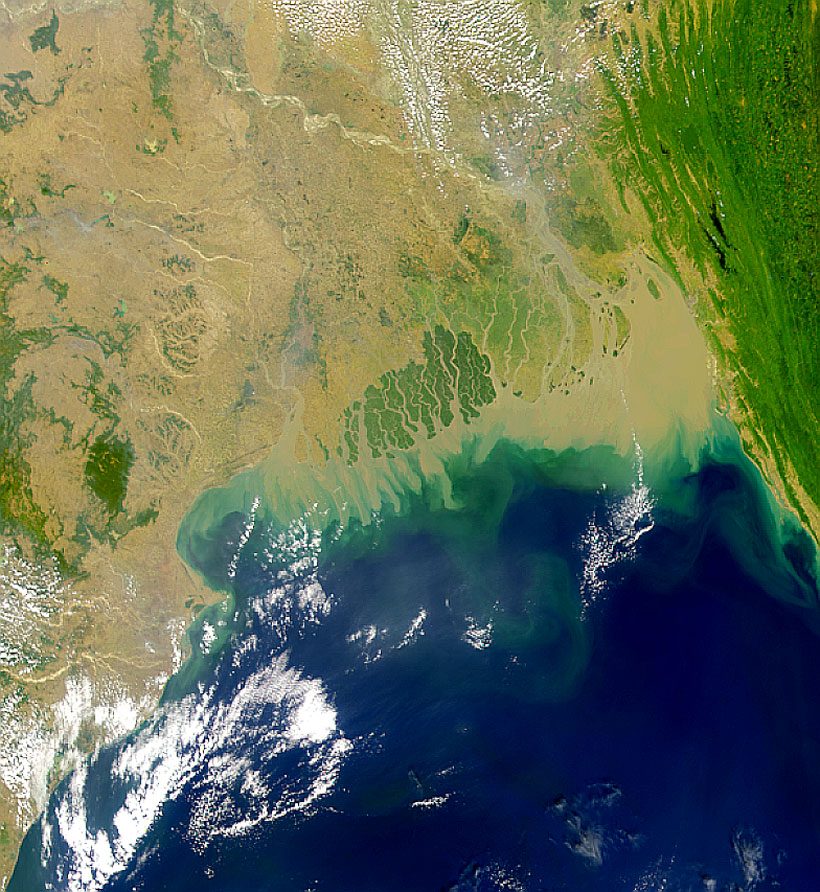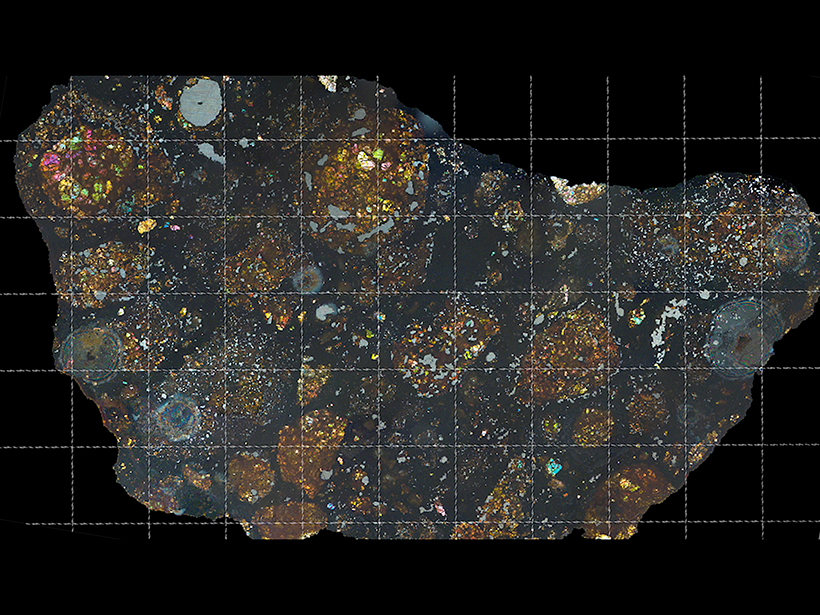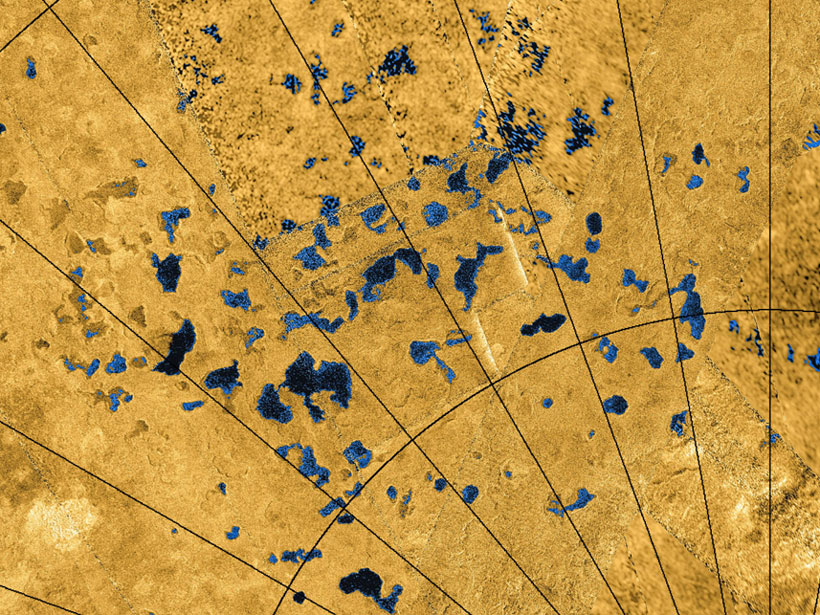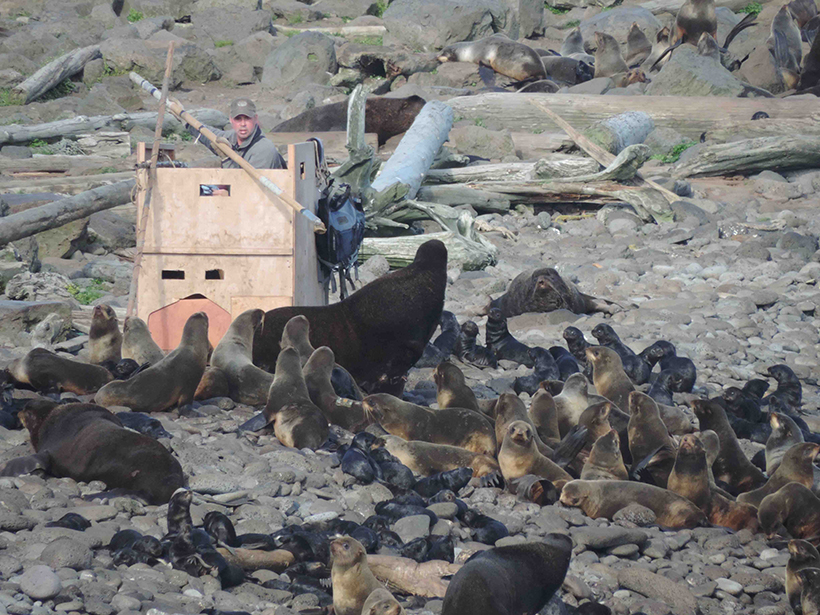Scientists get one step closer to being able to predict jerks—notoriously capricious changes to Earth’s geomagnetic field detectable by satellites.
Centennial Collection
Marking the 100th anniversary of AGU and Eos, this collection celebrates a century of achievements in the Earth and space sciences and looks forward to the next 100 years of scientific discovery and transformation.
Caregiver Awards Support Early-Career Researchers
To celebrate AGU’s first 100 years, the Biogeosciences Early Career Committee looks toward the future by offering caregiver support to early-career conference attendees.
Earth’s Eccentric Orbit Helped Preserve Rare Soft-Tissue Fossils
Cyclical changes in Earth’s orbit helped to preserve rare fossils in Morocco.
The Search for the Severed Head of the Himalayas
To unearth the very first sediments to erode from the Himalayas, a team of scientists drilled beneath the Bay of Bengal.
Southern Hemisphere Sediments Show Surprising Pliocene Cyclicity
New, high-resolution paleoclimate reconstructions with 100,000-year rhythms may offer insights into how Earth’s climate system operated during a time when the planet was warmer than it is today.
Meteorite’s Hidden Treasure: A Comet
A fragment of a comet found hidden inside a meteorite is offering new insights into the dynamics of our young solar system.
Titan’s Northern Lake District Has Hidden Depths
Radar and infrared data from flybys reveal new details about Titan’s northern lakes.
Atacama’s Past Rainfall Followed Pacific Sea Temperature
This is the first paleoclimate record of precipitation near Atacama’s hyperarid core and suggests that its moisture source is different from that of the Andes.
Late Cretaceous Extreme Warmth at High Southern Latitudes
New proxy data indicate sea surface temperatures at high southern latitudes reached over 35°C during a period of extreme greenhouse climate that began about 100 million years ago.
Podcast: Celebrate Earth Day with Stories from AGU
Enjoy the wonders of our world with special episodes of AGU’s Third Pod from the Sun.



